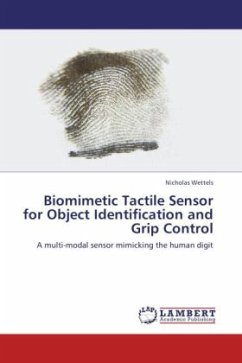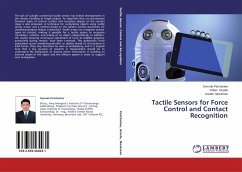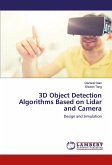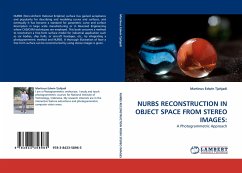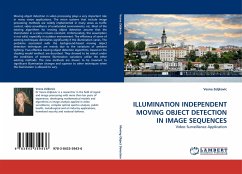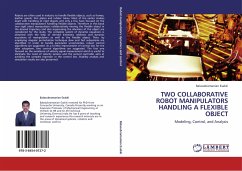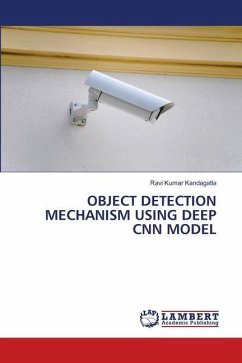We have developed a finger-shaped sensor array (BioTac) that provides simultaneous information about the contact forces, microvibrations and thermal fluxes induced by contact with external objects. For tasks such as identifying objects or maintaining stable grasp, these sensory modalities tend to be synergistic. For example, information about texture and slip can be derived from vibrations of skin ridges sliding over a surface, but only if the forces on the skin are known and well-controlled. Similarly, information about the material composition of an object can be inferred from the rate of heat transfer from a heated finger to the object, but only if the location and force of contact are similarly well-controlled. The BioTAC sensor is intrinsically simple, robust, and easy to manufacture and repair. The skin possesses texture and tackiness similar to the properties of human skin that facilitate grip and can be easily replaced if worn or damaged. The curved, deformable nature of biological finger tips provides mechanical features that are important for the manipulation of the wide variety of objects encountered naturally.
Bitte wählen Sie Ihr Anliegen aus.
Rechnungen
Retourenschein anfordern
Bestellstatus
Storno

